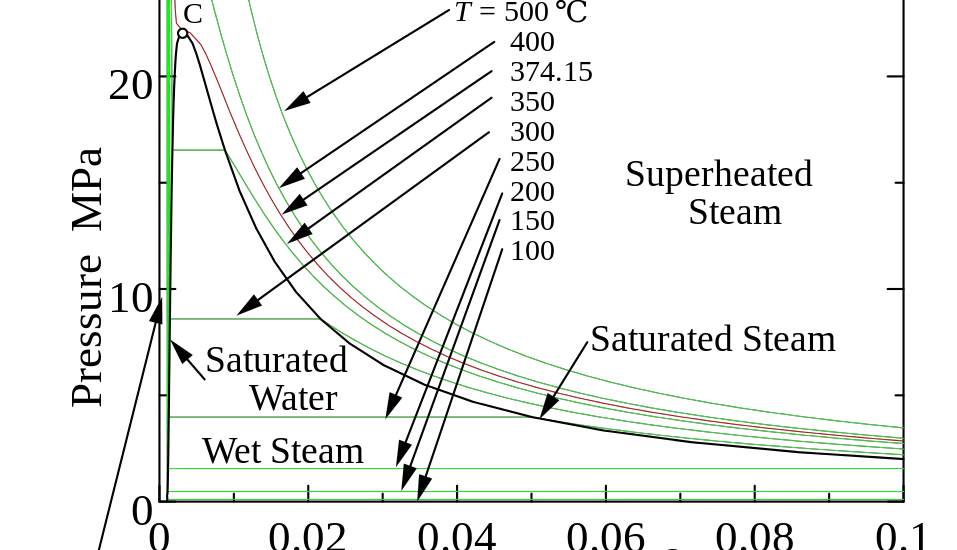410a subcooling calculator might sound like a mouthful, but it’s an essential tool that every homeowner with a refrigeration system should know about. Why? Because it can help you optimize your system’s performance, save energy, and even diagnose potential issues. In this guide, we’ll demystify the 410a subcooling calculator and show you how to use it like a pro. So, let’s dive in and get started

Table of Contents
410a Subcooling Calculator: Understanding the Basics
Introduction to Subcooling
First things first, what is subcooling? It’s a crucial process in your refrigeration system that ensures efficiency and performance. Various factors can affect subcooling, like the type of refrigerant used and the system’s design. Pretty important stuff, huh?
Now, you might be wondering, “What’s the difference between subcooling and superheating?” Well, they’re two sides of the same coin, both playing essential roles in the refrigeration cycle. While subcooling cools the refrigerant, superheating heats it up, ensuring no liquid enters the compressor. It’s like a delicate dance, keeping everything in balance!
Refrigerants: 410a and 404a
When it comes to refrigerants, 410a and 404a are two popular options. But how do they stack up against each other? Let’s take a closer look:
Properties of 410a Refrigerant
410a refrigerant is a blend of chemicals that’s efficient and environmentally friendly. It’s known for its excellent performance characteristics and is often used in residential and commercial systems.
Properties of 404a Refrigerant
On the other hand, 404a refrigerant is a hydrofluorocarbon (HFC) blend that was once a popular choice for refrigeration systems. However, it’s being phased out due to its high global warming potential.
Comparing 410a and 404a
So, which refrigerant is better? In terms of applications and environmental impact, 410a has the upper hand. It’s more energy-efficient and eco-friendly, making it a better choice for homeowners like you!
Using a 410a Subcooling Calculator
Key Components of a 410a Subcooling Calculator
A 410a subcooling calculator can be a real lifesaver when it comes to optimizing your refrigeration system. It requires a few inputs, like temperature measurements and pressure readings, and then it spits out some valuable info, like calculated subcooling and diagnostic information. Sounds useful, right?
Step-by-Step Guide to Using a 410a Subcooling Calculator
Ready to give it a whirl? Here’s how to use a 410a subcooling calculator:
Measure Liquid Line Temperature
First, you’ll need to measure the liquid line temperature. You can do this with a thermometer or a temperature clamp. Just make sure to get an accurate reading!
Measure High Side Pressure
Next, measure the high side pressure using a pressure gauge or a manifold gauge set. Be careful and follow proper safety procedures to avoid any accidents.
Convert High Side Pressure to Temperature
Once you have the pressure reading, it’s time to convert it to temperature. You can use pressure-temperature charts or online conversion tools to make this conversion a breeze.
Calculate Subcooling
Now for the exciting part – calculating subcooling! Simply subtract the liquid line temperature from the converted high side pressure temperature, and voila! You have your subcooling value. Easy, right?
Subcooling Calculator Variations: 410a vs. 404a
Subcooling Calculator for 410a
A 410a subcooling calculator is specifically designed for systems using 410a refrigerant. It’s a fantastic tool for optimizing your system’s performance and diagnosing potential issues. Just keep in mind that it’s only meant for 410a refrigerant systems!
Subcooling Calculator for 404a
Similarly, a 404a subcooling calculator is tailored for systems using 404a refrigerant. It’s also useful for system optimization and troubleshooting. However, as mentioned earlier, 404a refrigerant is being phased out due to its environmental impact, so it may not be the best choice for new systems.
For more articles on subcooling and superheating, click here.
Troubleshooting and Maintenance
Common Subcooling Issues and Solutions
Let’s face it – sometimes things go wrong. But don’t panic! Here are some common subcooling issues and their solutions:
Over-Subcooling
If your system is over-subcooling, it could be due to a few things, like a clogged expansion valve or an overcharged system. The remedy? Clean the expansion valve or adjust the refrigerant charge as needed.
Under-Subcooling
On the flip side, under-subcooling can be caused by low refrigerant levels or a dirty condenser coil. To fix this, check for leaks and add refrigerant if necessary or clean the condenser coil.
Preventative Maintenance and Tips
Prevention is always better than cure, right? Here are some preventative maintenance tips to keep your system running smoothly:
Regular Inspections
Inspect your system regularly to catch any potential issues before they become bigger problems. Keep an eye on the components, like the compressor, condenser coil, and evaporator, and follow a recommended inspection schedule.
Proper Refrigerant Charging
Ensuring your system is properly charged with refrigerant is crucial for optimal performance. Follow the manufacturer’s guidelines and procedures to avoid overcharging or undercharging the system.
Conclusion
Key Takeaways
So, what have we learned? The importance of subcooling in your refrigeration system cannot be overstated. Using a 410a subcooling calculator can help optimize your system’s performance and troubleshoot issues. And remember, 410a refrigerant is the more eco-friendly and efficient choice compared to 404a. Don’t forget to practice regular maintenance and keep your system in tip-top shape. Happy cooling!